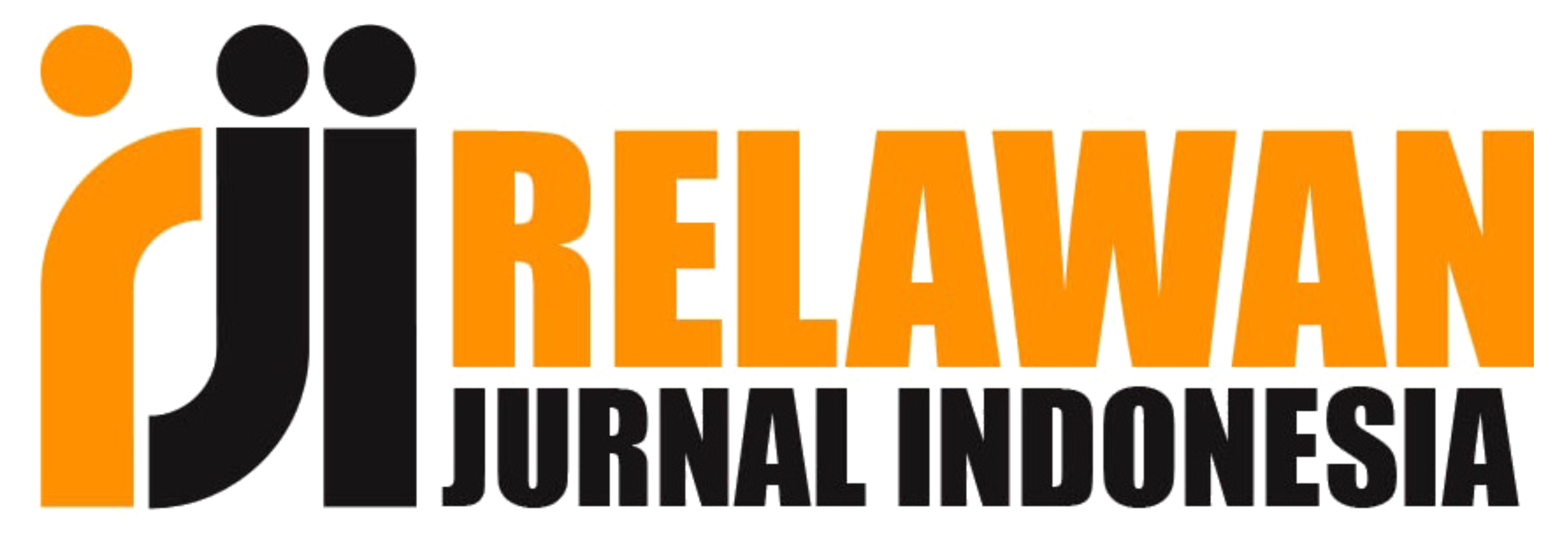Keunggulan Komparatif Ekspor Kopi di Indonesia
DOI:
https://doi.org/10.61476/095w2813Keywords:
comparative, coffee exports, international marketAbstract
Indonesia has a significant comparative advantage in the coffee export sector, supported by high product quality, diversity of coffee types, and ideal natural conditions for coffee cultivation. The unique taste of coffee in Indonesia, such as Arabica and Robusta, is recognized and appreciated in the international market. Nonetheless, Indonesia's coffee industry faces several challenges such as price fluctuations, climate change, inadequate infrastructure, limited access to funding, and intense global competition. To overcome these challenges and strengthen its position in the global market, a comprehensive strategy is needed. These strategies include improving product quality and consistency, developing infrastructure, diversifying and innovating products, increasing funding, and strengthening marketing and promotion. The implementation of these strategies is expected to improve the welfare of coffee farmers and producers, maximize Indonesia's coffee export potential, and maintain its comparative advantage in the global market. In addition, it is also important to increase collaboration between the government, private sector, and farming community in facing the challenges. With strong synergy, Indonesia's coffee industry can continue to grow and compete in the international market, and contribute significantly to the national economy.
References
Gumulya, D., & Helmi, I. S. (2017). Kajian Budaya Minum Kopi Indonesia. Jurnal Dimensi Seni Rupa Dan Desain, 13(2), 153–172. https://doi.org/10.25105/dim.v13i2.1785
kemlu. (2018). Kopi Indonesia. Kementrian Luar Negeri Republik Indonesia. https://kemlu.go.id/chicago/id/read/kopi-indonesia/4484/etc-menu#:~:text=Jumlah Produksi Kopi Indonesia menurut,4%2C4 ribu ton).
Nadiyah Ananda, A., Sagita Azzahra, T., Susanti, W., & Wikansari, R. (2023). Analisis Daya Saing Ekspor Kopi Indonesia Pada Pasar Internasional Analysis of the Competitiveness of Indonesian Coffee Exports in the International Market. 7(1).
SAPTANA, S., FRIYATNO, & SUPENA. (2002). Analisis Keunggulan Komparatif Dan Kompetitif Komoditas Kentang Dan Kubis Di Wonosobo Jawa Tengah. SOCA: Socioeconomics of Agriculture and Agribusiness, 3(1), 1–30.
Hardenta, A. D., Ariefti, S. D., & Abyapta, W. R. (2023). Pengaruh Implementasi Kebijakan Proteksionisme Melalui Tingkat Komponen Dalam Negeri Terhadap Tender/Seleksi Internasional. Jurnal Hukum Ius Quia Iustum, 30(1), 114–137. https://doi.org/10.20885/iustum.vol30.iss1.art6
Sutedi, A. (2014). Hukum ekspor dan impor. Raih Asa Sukses. Jakarta, Indonesia.
Yoga A.Musika. (2023). Anatomi Kopi Dan Jenis Biji Kopi Indonesia. Otten Coffee. https://ottencoffee.co.id/majalah/kopi
Badan Pusat Statistik Indonesia. (2023). Statistik Kopi Indonesia 2022. Jakarta Pusat: Badan Pusat Statistik.
Badan Pusat Statistik Indonesia. (2023). Ekspor Kopi Menurut Tujuan Utama, 2000-2022. Jakarta Pusat: Badan Pusat Statistik
Devi Harapah. (2022). Oh, ini ternyata yang membuat kopi Indonesia begitu istimewa. Media Indonesia. https://mediaindonesia.com/weekend/511867/oh-ternyata-ini-yang-membuat-kopi-indonesia-begitu-istimewa
Dita Milih Anggraini, Iwan Aminudin, Acep Muhib, “Daya Saing Kopi Indonesia di Pasar Internasional” , Sharia Agribusiness Journal, Vol.2, No.1, (2022)
Sabrina Tasya, Suhaeni, I Putu Eka Wijaya, “Analisi Daya Saing Komparatif Komoditi Kopi (Coffe Sp.) Indonesia Di Pasar Internasional”, Jurnal Ilmiah Wahana Pendidikan, Vol.8, No.12, Agustus (2022) : 335-341
Published
Issue
Section
License
Copyright (c) 2024 Ahmad Wildan Saputra Ramadhana, Avinda Distaniar Aulia, Toifur Ulum (Author)

This work is licensed under a Creative Commons Attribution-ShareAlike 4.0 International License.












